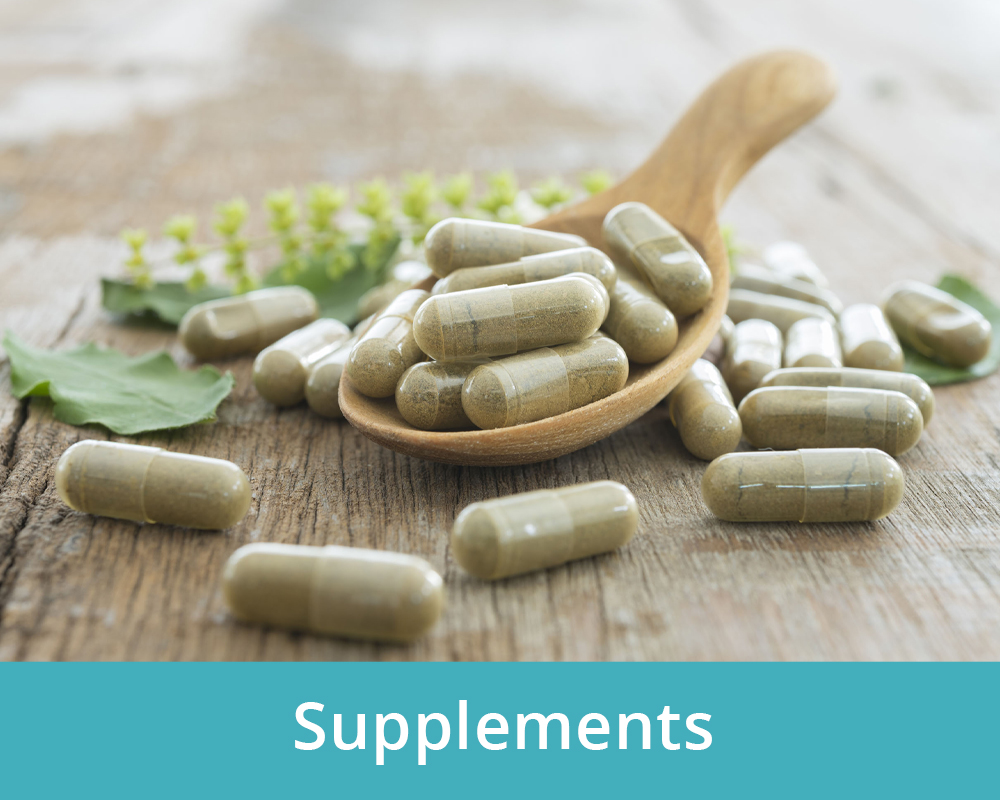
Digestive health challenges are extremely common in Canada, and Irritable Bowel Syndrome (IBS) is the most common diagnosis given for those digestive challenges. IBS affects the intestine both by causing issues with motility (the way foods moves through your intestines) and sensitivity (the way the signals from the intestines are interpreted by the brain). IBS symptoms can range from irritating and annoying to disruptive, embarrassing, or even debilitating – leading to lost time at work or at school for nearly half of reported sufferers. (1)
Could You Have Undiagnosed IBS?
If you have:
- abdominal pain at least once a week in the last several months
- change in number of times per day or week you have a bowel movement
- constipation, diarrhea, or a combination of both (2)
a consultation may be helpful!
IBS symptoms can occur outside the digestive tract as well and may include insomnia, fibromyalgia, interstitial cystitis, chronic pelvic pain, temporomandibular joint (TMJ) disorder, back pain, migraine headaches, or mood disorders. (2)
How Common Is Digestive Upset & IBS?
More than half of the Canadian population report uncomfortable or inconvenient digestive symptoms on a weekly basis. (1) 18 – 20% of Canadians are dealing with some form of IBS, with twice as many women as men affected. These statistics of IBS sufferers put us well above the global average of 10-11%, and among the highest rates in the world. Sadly, only 40% of those with IBS symptoms seek help with their condition. (3)
For those who do seek support, the current first-line treatment suggestion is often to try a low-FODMAP diet. This approach is well-backed by studies that show 75%-86% of people who follow this type of diet plan report improved symptoms. (4, 5)
What Is The Low-FODMAP Diet?
A low-FODMAP diet is meant to minimize (not eliminate) specific fermentable forms of carbohydrates for a short time, typically 3-8 weeks, then systematically reintroduce them in larger quantities while monitoring for symptoms. Not everyone reacts to all possible trigger foods.
What Are FODMAPs?
FODMAP stands for “Fermentable Oligo-, Di-, Mono-Saccarides and Polyols”. These are specific short-chain forms of carbohydrates and sugar alcohols that are not digestible. (2)
Why Can FODMAPs Cause Digestive Upset?
Because FODMAPs are not digestible, they end up being fermented and digested by your gut bacteria. The end product of that is hydrogen gas, which can cause digestive symptoms such as bloating, flatulence and abdominal pain.
FODMAPs also tend to pull more water into the intestines contributing to diarrhea and urgency.
Monash University Low-FODMAP Explanation
Monash University originally developed the Low-FODMAP diet, and have done extensive research improving this dietary strategy. We love this simple, 3-minute video they produced explaining the Low-FODMAP diet and how it relates to IBS symptoms.
Common FODMAPs Include:
- Fructose: sugar found in fruits, refined corn sweeteners such as high fructose corn syrup
- Lactose: natural sugar found in dairy products
- Fructans: wheat products, onions and garlic, cruciferous vegetables such as broccoli and cabbage (1)
- Galactans: soy-based products, beans/legumes, and lentils
- Polyols: stone fruits such as peaches and plums, additive in sugar-free products such as gum and soda
High-FODMAP Foods, To Be Avoided On A Low-FODMAP Diet:
Vegetables: onions, garlic, artichoke, cabbage, broccoli, cauliflower, Brussels sprouts, asparagus, celery, beetroot, mushrooms
Fruit: apples, avocado, banana (ripe), peach, apricot, plum, nectarine, mango, pear, watermelon, cherries, blackberries
Grains: wheat foods (cereal, bread and baked goods, bran, couscous), rye, barley
Protein sources: processed meats, most legumes/lentils, cashews, pistachios
Dairy: Milk (cow, goat, sheep, soy), yogurt, cheese (ricotta, cream cheese)
Sweeteners: High Fructose Corn Syrup (HFCS), agave, honey, inulin, maltitol, xylitol, erythritol
Low FODMAP Foods, Generally Well Tolerated In Appropriate Servings Sizes Include:
Vegetables: Green beans, bell peppers, bok choy, carrot, cucumber, lettuce, tomato, zucchini, potato
Fruits: Cantaloupe, grapes, kiwi, banana (green tipped), blueberries, papaya, rhubarb, strawberries, pineapple
Grains (whole, gluten free): buckwheat, millet, oats, quinoa, brown rice, corn/maize
Protein Sources: meat (beef, pork, lamb), poultry (chicken, turkey), fish (tuna, salmon, prawns), eggs, macadamia nuts, pumpkin seeds, walnuts
Dairy and dairy alternatives: almond milk, brie, camembert, feta cheese, hard cheese, lactose-free milk
Sweeteners: maple syrup, molasses, rice malt syrup (4)
Pros & Cons Of The Low-FODMAP Diet
Pros
- 70-86% of those following a low FODMAP diet for IBS report improvement of their symptoms and overall wellbeing.
- Fewer sick days
- It’s a short-term commitment – while one may have to remain FODMAP aware for some time, the initial elimination phase is short, with the goal being reintroduction of as wide a diet as tolerated.
Cons
- Lots of Low-FODMAP lists that don’t agree, mixed messages.
- 14-30% of people following a low-FODMAP diet see little or no improvements.
- May initially eliminate or limit foods you are not reacting to, making the diet unnecessarily restrictive.
If you are concerned you may be reacting to gluten-containing grains, you may wish to have a blood test to rule out celiac BEFORE eliminating wheat and glutinous grains from your diet.
In Summary
Like most things, IBS and digestive challenges are best managed with a whole life approach including managing stress; physical activity levels; a healthy, whole-foods diet; and having a strong support system. All these factors contribute to overall health and well-being, and are important in resolving IBS symptoms. Taking that into consideration, a Low-FODMAP diet is still the current gold-standard to begin investigating the root cause of IBS symptoms due to the extremely high success rate.
If you’re considering taking steps to address digestive health concerns, Koru Nutrition would be happy to support you in reaching your health goals. Our skilled team of naturopathic doctors, nutritionists, and dietitians are here to help! You can book an appointment online now if you’re ready to take that step toward healing.

Alternatively, we’ve created a 7-Day Nutritionist-Designed, Digestion-Supportive, Low-FODMAP Meal-Plan that can help guide you in implementing a low-FODMAP diet. With 30+ simple but delicious Low-FODMAP recipes, getting started on a Low-FODMAP diet has never been easier! Check it out the downloadable PDF today, you deserve to feel better!
References:
https://www.ibsdiets.org/fodmap-diet/fodmap-diet-chart/
https://pubmed.ncbi.nlm.nih.gov/22426087/
https://onlinelibrary.wiley.com/doi/full/10.1111/j.1440-1746.2009.06149.x
https://badgut.org/wp-content/uploads/IBS-Survey-Results-2016.pdf
https://www.monashfodmap.com/ibs-central/
https://pubmed.ncbi.nlm.nih.gov/15932367/
https://badgut.org/wp-content/uploads/IBS-Survey-Results-2016.pdf
https://www.monashfodmap.com/ibs-central/
https://pubmed.ncbi.nlm.nih.gov/22426087/
https://onlinelibrary.wiley.com/doi/full/10.1111/j.1440-1746.2009.06149.x
https://pubmed.ncbi.nlm.nih.gov/15932367/
https://www.ibsdiets.org/fodmap-diet/fodmap-diet-chart/





